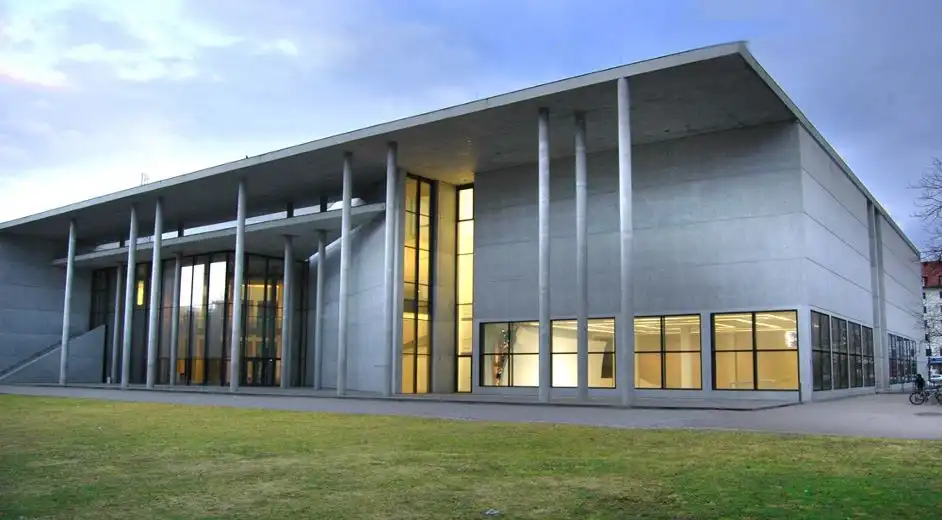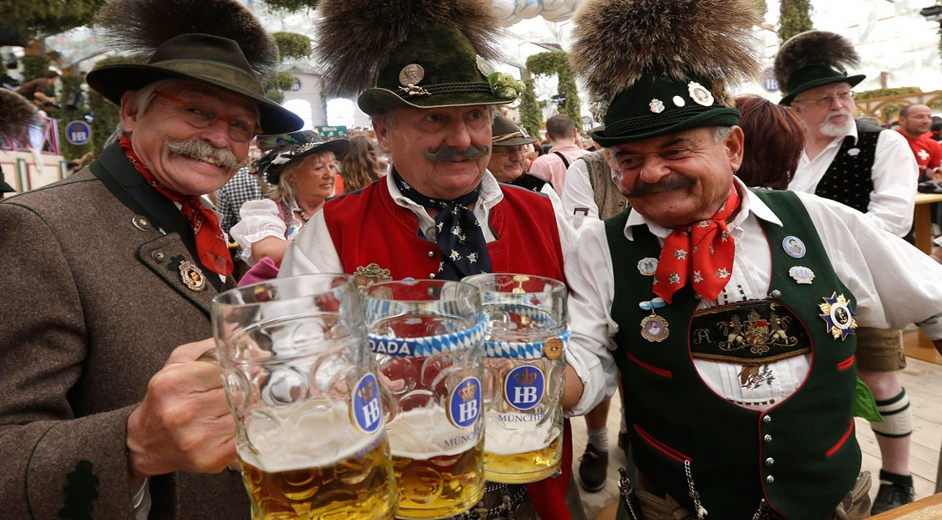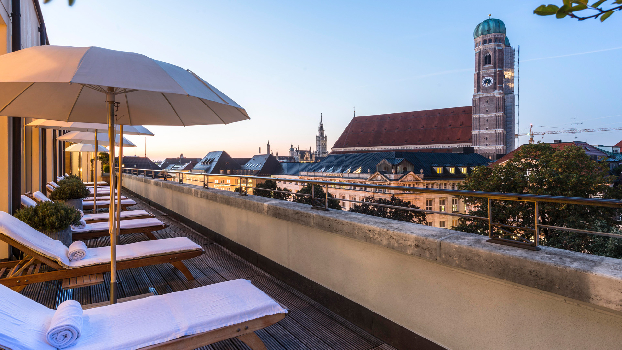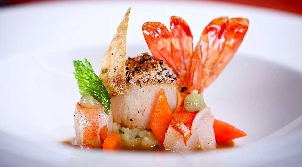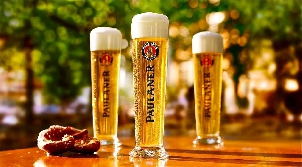1. Neues Rathaus and Marienplatz
The imposing Gothic Revival architecture of the not-very-new Town Hall dominates the elegant Marienplatz square in central Munich. As well as offering a beautiful photo opportunity, thanks to its rich decoration the Neues Rathaus is also a good starting point to discover the regal history of Bavaria – a procession of princes, dukes and kings march in statue form across the façade. Also worth seeing is the Rathaus-Glockenspiel, a quirky animated construction of 43 bells and 32 figures that re-enacts stories from the 16th century. Marienplatz itself has a long history as a meeting and market place – at its centre is the Mariensäule, a column topped by a golden statue of the Virgin Mary that dates from 1638.Top tip: Glockenspiel shows start at 11am every day, and attract crowds, so get there early. For photographers, the 85m tower of the Town Hall is the best place to get views of central Munich – there is even a lift so you can conserve energy for sightseeing.
2. Michaelskirche
A large and impressive Renaissance church, Michaelskirche is also a testament to the construction knowhow of centuries gone by – it dates from 1597 and has been welcoming the religious and the curious ever since. The sheer scale of the building is impressive, considering its vintage, and it boasts one of the largest vaulted ceilings in the world. Inside, scenes of the Archangel Michael wrestling Evil as well as the opulent gold inlay and lavish altarpiece ensure that you will find plenty of dramatic photographs.Top tip: Ask for the latest concert schedule – the church hosts regular performances of religious and classical music, often by well-known artists, and the setting makes a concert rather unique.
3. Schloss Nymphenburg
If you are fascinated by royal palaces and former kings and queens, Schloss Nymphenburg is a must. Built by the Bavarian royal family, this majestic residence sits in parklands in the west of Munich and retains so many original features that it’s hard to believe you are not in a historical re-enactment. From the lavish painted ceiling of the Great Hall to the glittering chandeliers and the enormous rooms, you will soon get a feel for the style of the time, while the accompanying audio guide adds historical context to what you are seeing.
Top tip: Once you have finished, the sculpted landscape of the Nymphenburg Park makes an inviting place for a gentle stroll and is also a great way to appreciate the scale of this majestic castle.
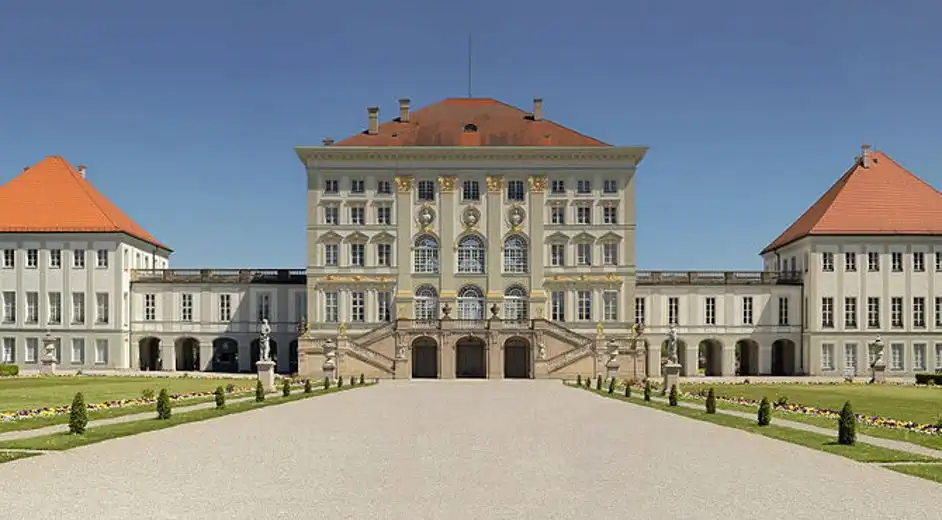
4. Hofbräuhaus
The most famous drinking venue in Munich outside the Oktoberfest, the Hofbräuhaus is a brewery that can also be legitimately considered a historical attraction worthy of inclusion on a cultural itinerary. Founded in 1589 by William V, Duke of Bavaria, the brewery remains at the forefront of Bavarian beer culture today. Pay a visit and make sure to drink a toast in the Schwemme, the historic beer hall on the first floor of the building that is widely considered to be the heart of the Hofbräuhaus.Top tip: This is the perfect place to try a traditional Bavarian breakfast and order Weisswurst: these are white sausages stuffed with veal or pork, served with sweet mustard and a wheat beer. Prost!
5. Englischer Garten
Extending over more than 1000 acres, the English “Garden” is actually a huge park, and the place to go in Munich if you want to forget you’re even in the city. Renowned for its potential for picnics, sunbathing and swimming in the river Isar, it also boasts a surfing wave, several beer gardens and a Chinese pagoda. The layout echoes the rolling parks typical of the stately homes of English aristocracy in the 18th century, but today, the English Garden is kept expressly for the people of Munich to enjoy as they see fit. This may or may not include nude sunbathing: don’t be surprised if you stumble across the designated naturist areas.Top tip: Seek out the artificial waterfall that tumbles into the river in the south part of the park, near the Haus der Kunst for an idyllic, romantic picnic spot. And don’t forget to get a look at the surfers taking on the wave created by the man-made River Eisbach – you’ll see the crowd of curious spectators gathering at the entrance of the park.
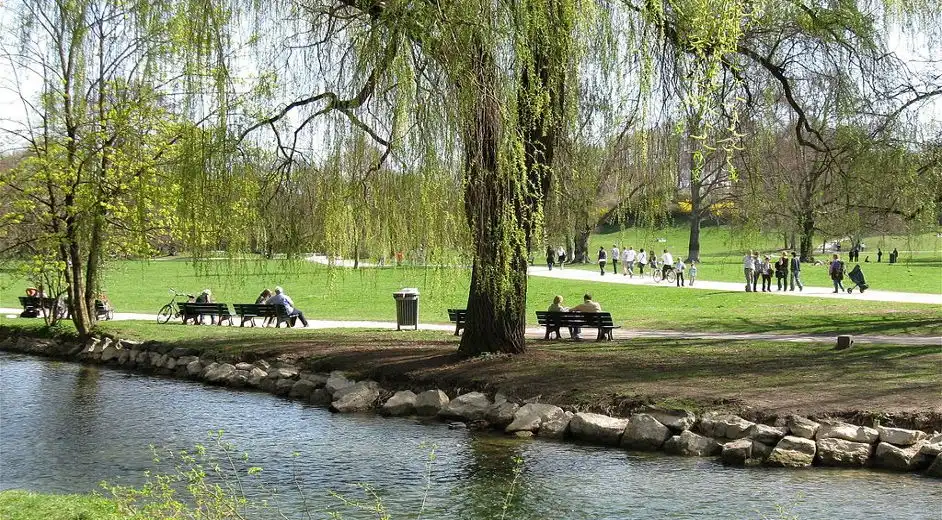
6. Konigsplatz
Konigsplatz may be less well known than other squares in Munich, but it is no less worth a visit. In the Glypothek and Staatlichen Antikensammlung museums, you can discover Classical structures and a collection of Antiquities that make for an interesting voyage of discovery back thousands of years. In the summer, open air theatre, music and cinema makes this a bustling destination and you’ll be easily tempted to join the sunbathing students on the lawns outside.Top tip: Visit as the sun is going down, and you will be rewarded with fascinating shadows as the light glints through the columns and a lingering patch of sunlit that remains when the shadows are already lengthening in the rest of the city.
7. Church of St Peter
One of Munich’s most famous landmarks, St Peter’s Church is famous for its onion dome and is also known as Alter Peter – Old Peter. A mongrel melange of architectural styles is the result of a constant process of re-building that has been going on since the first church stood there in the 11th century. These days, it is worth a visit for the beautiful frescoed ceilings, and the panoramic views of central Munich available from the upstairs viewing gallery – be warned, however, that you have to climb no less than 299 steps to take advantage of it.
Top tip: The church is just round the corner from the Viktualienmarkt farmers’ market, so once you have finished your cultural tour for the morning, head to the food stalls and see what delicacies you can find – they have everything from Bavarian classics to fresh fish, all beautifully presented.
8. Munich Swimming Pools
A sunny summer day in Munich demands you head for the open air, and that makes the Maria Einsiedel natural outdoor swimming pool the perfect destination. Created by an offshoot of the River Isar, this gem is well known to locals thanks to its tranquil setting surrounded by greenery. It is well known for being a great place to take kids – the water is free from chemical additives and there is lots of space to run around, as well as a paddling area for small children. In winter, the Müllersche Volksbad is the place to go if you want to experience Roman bathing in pleasant surroundings – renowned as the Art Nouveau jewel in the rich architectural landscape of Munich, this indoor bathhouse and sauna is one of the finest in Europe and just the ticket when it gets cold outside.
Top tip: Head to Maria Einsiedel along the winding river paths, for an active family day out in total safety. At the Volksbad, we recommend asking for the Roman – Irish circuit, an invigorating experience made up of different saunas, plunge pools and reviving steam baths.
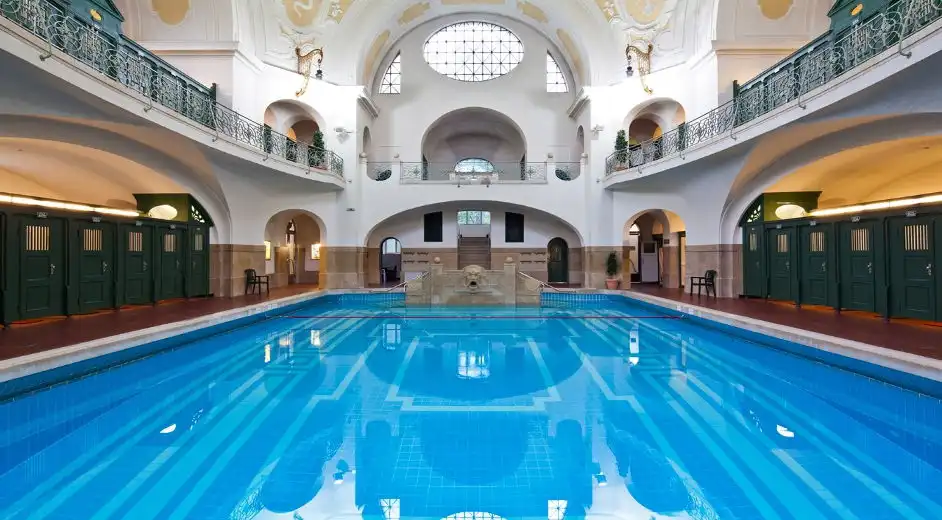
9. Deutsches Museum
Amidst all the history in Munich, you might welcome the change that this forward-looking museum offers. Dedicated to science and technology, the museum has some 50 exhibits covering everything from natural sciences to transport and communications. It’s so large, in fact, that the Museum recommends choosing exhibits instead of trying to see everything at once – you can also try a guided tour or one of the fortnightly lectures hosted there. You might be surprised to find hours going by without you even noticing.
Top tip: book tours at least 6 weeks in advance for private groups to ensure the museum can offer a tour in your own language. Check the website for details of which exhibitions are closed, as the museum is currently undergoing extensive renovations.
10. The Pinakothek Museums
A haven for art lovers of all stripes, the three Pinakothek museums respectively embrace the Old, the New and the Modern. Depending on your tastes, therefore, you will find it equally easy to experience the Old Masters, Classic and Art Nouveau gems or contemporary 20th and 21st century styles all within easy reach of each other in the Kunstareal artistic district.Top tip: All the museums have different opening days but all are open on Sunday, when they offer special 1 euro entry. Late opening in all three is Thursday evening.
